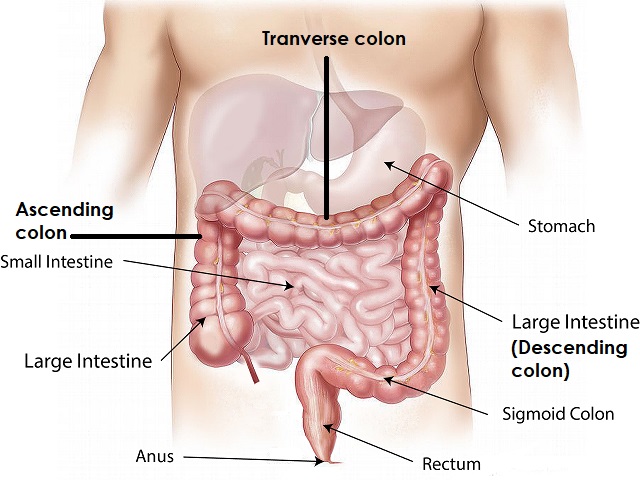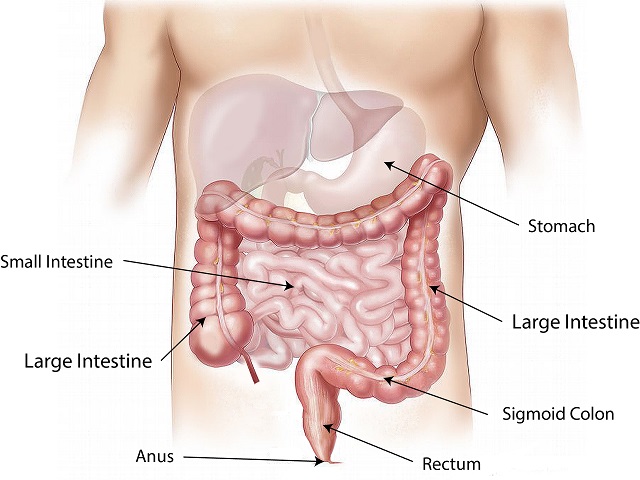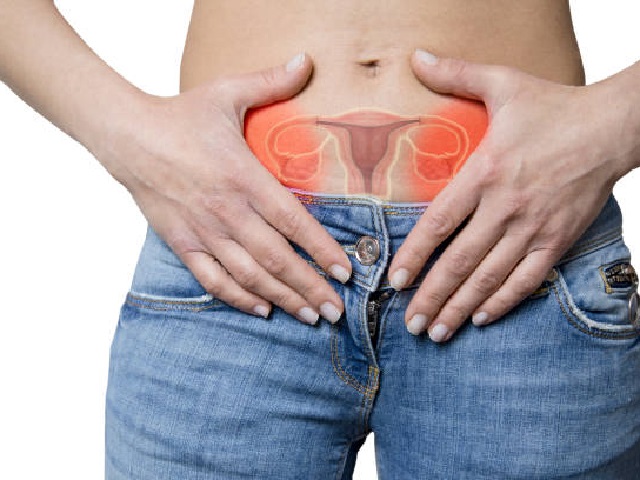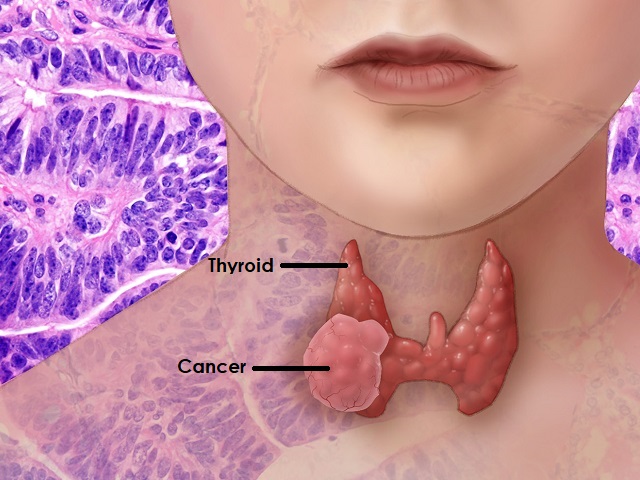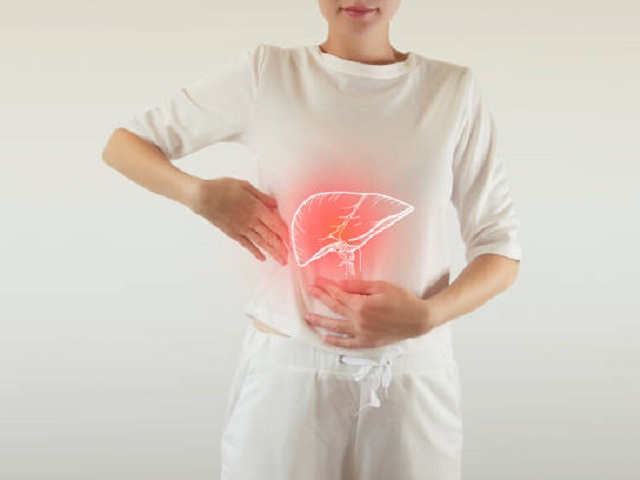7 Signs You May be Having Breast Cancer--Symptoms, Causes, Effects, Treatment and Prevention
Breast cancer is a type of cancer that forms in the cells of the breast. It occurs when abnormal cells grow and multiply uncontrollably, forming a tumor in the breast tissue. Breast cancer can affect both women and men, although it is much more common in women. Early detection and timely treatment are crucial for favorable outcomes.
Symptoms of Breast Cancer:
The symptoms of breast cancer can vary among individuals. Common signs and symptoms include:
- Formation of a lump or thickening in the breast or underarm area
- Changes in breast size, shape, or appearance
- Nipple changes, such as inversion, discharge, or scaling
- Breast pain or tenderness
- Swelling or redness in the breast or nipple area
- Skin changes, such as dimpling or puckering
- Enlarged lymph nodes in the armpit
It is important to note that not all breast lumps are cancerous, and some breast cancers may not present any symptoms. Therefore, it is crucial to consult a healthcare professional for proper evaluation and diagnosis (American Cancer Society, 2021a).
Causes of Breast Cancer:
The exact cause of breast cancer is not fully understood, but several risk factors have been identified. These factors may increase the likelihood of developing breast cancer, including:
- Age: The risk of breast cancer increases with age, with the majority of cases occurring in women over 50.
- Gender: Although breast cancer can occur in men, it is much more common in women.
- Family history and genetics: Having close relatives, such as a mother, sister, or daughter, who have had breast cancer, increases the risk. Inherited gene mutations, such as BRCA1 and BRCA2, also contribute to a higher risk.
- Hormonal factors: Prolonged exposure to estrogen and progesterone, such as starting menstruation at an early age, late menopause, or using hormone replacement therapy, can increase the risk.
- Personal history: A previous diagnosis of breast cancer or certain non-cancerous breast conditions can increase the risk of developing breast cancer.
- Lifestyle factors: Obesity, sedentary lifestyle, excessive alcohol consumption, and tobacco use are associated with an increased risk of breast cancer.
It is important to note that having one or more risk factors does not guarantee the development of breast cancer, and many individuals without apparent risk factors can still develop the disease (American Cancer Society, 2021b).
Effects of Breast Cancer:
Breast cancer and its treatment can have physical, emotional, and social effects on individuals. These effects may include:
- Physical effects: Breast cancer treatment, such as surgery, chemotherapy, radiation therapy, and hormone therapy, can cause side effects such as fatigue, hair loss, nausea, pain, and changes in body image.
- Emotional and psychological effects: Individuals with breast cancer may experience a range of emotions, including fear, anxiety, depression, and stress. They may also face challenges related to body image, self-esteem, and intimacy.
- Social and interpersonal effects: Breast cancer can impact relationships, work responsibilities, and daily activities. It may also create financial burdens due to medical expenses and loss of income.
Treatment of Breast Cancer:
The treatment options for breast cancer depend on several factors, including the stage and type of cancer, as well as individual preferences. Common treatment modalities include:
- Surgery: Surgical options may include lumpectomy (removal of the tumor and surrounding tissue) or mastectomy (removal of the entire breast).
- Radiation therapy: High-energy radiation is used to kill cancer cells or shrink tumors after surgery.
- Chemotherapy: Powerful medications are administered to destroy cancer cells throughout the body.
- Hormone therapy: Hormone-blocking drugs are used to prevent the growth of hormone receptor-positive breast cancers.
- Targeted therapy: Drugs specifically target cancer cells with specific genetic mutations or characteristics.
- Immunotherapy: Medications stimulate the immune system to recognize and attack cancer cells.
The specific treatment plan is determined through a collaborative effort between the patient and their healthcare team (American Cancer Society, 2021c).
Prevention of Breast Cancer:
While it is not always possible to prevent breast cancer, several strategies can help reduce the risk. Some prevention measures include:
- Regular breast self-exams: Perform monthly breast self-examinations to become familiar with the normal look and feel of your breasts, enabling you to detect any changes promptly.
- Clinical breast exams: Undergo regular clinical breast examinations by a healthcare professional to detect any abnormalities.
- Mammograms: Follow recommended guidelines for mammography screening based on age and risk factors.
- Healthy lifestyle choices: Maintain a healthy weight, engage in regular physical activity, limit alcohol consumption, and avoid tobacco use.
- Breastfeeding: If possible, breastfeed your baby, as it may reduce the risk of breast cancer.
It is important to discuss individual risk factors and appropriate preventive measures with a healthcare professional (American Cancer Society, 2021d).
References:
American Cancer Society. (2021a). Signs and symptoms of breast cancer. Retrieved from https://www.cancer.org/cancer/breast-cancer/about/breast-cancer-signs-and-symptoms.html
American Cancer Society. (2021b). What are the risk factors for breast cancer?
American Cancer Society. (2021c). Breast cancer treatment options.
American Cancer Society. (2021d). Can breast cancer be prevented? Retrieved from https://www.cancer.org/cancer/breast-cancer/risk-and-prevention/can-i-lower-my-risk.html







